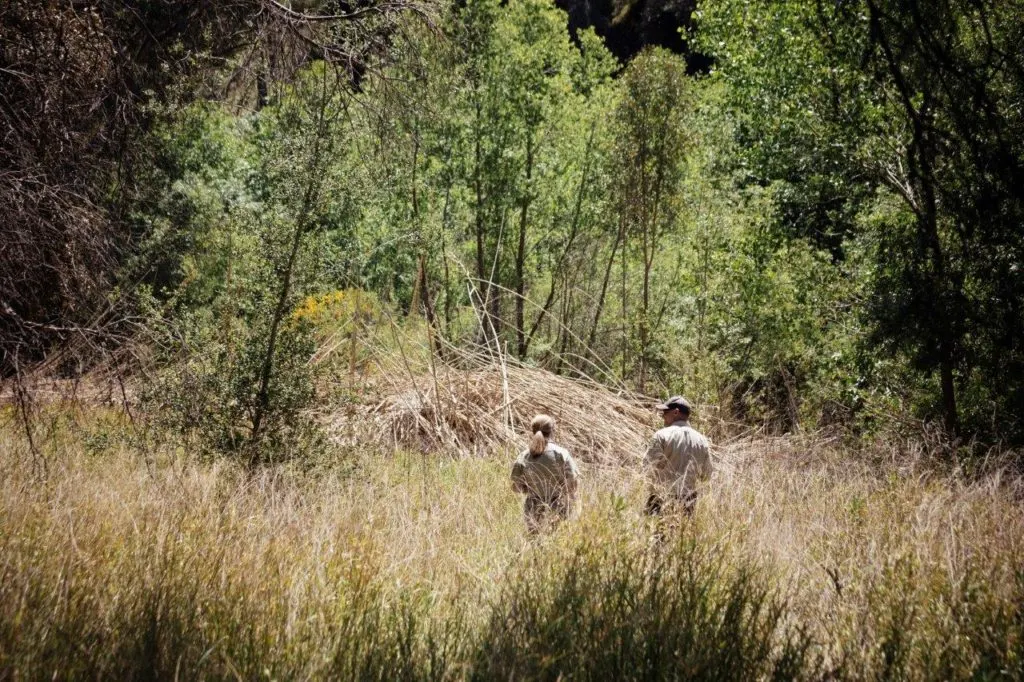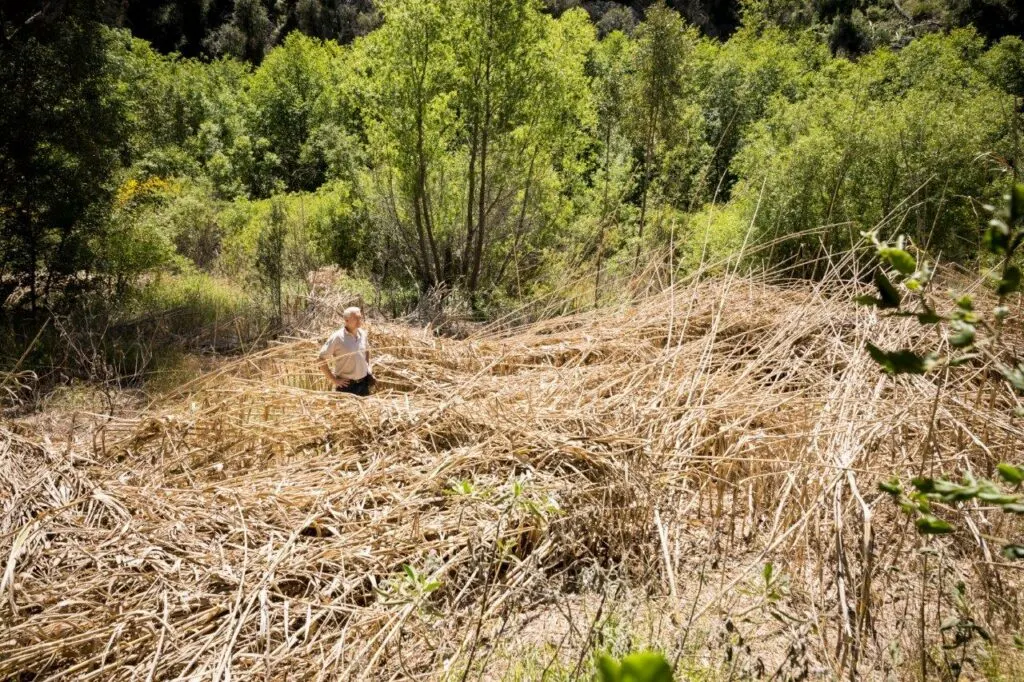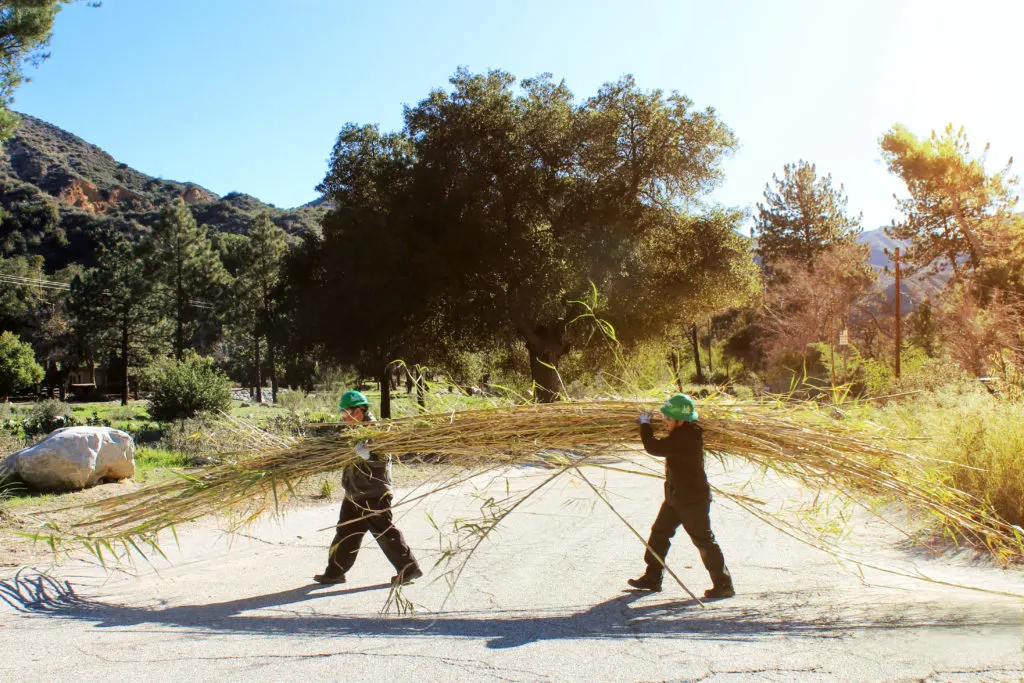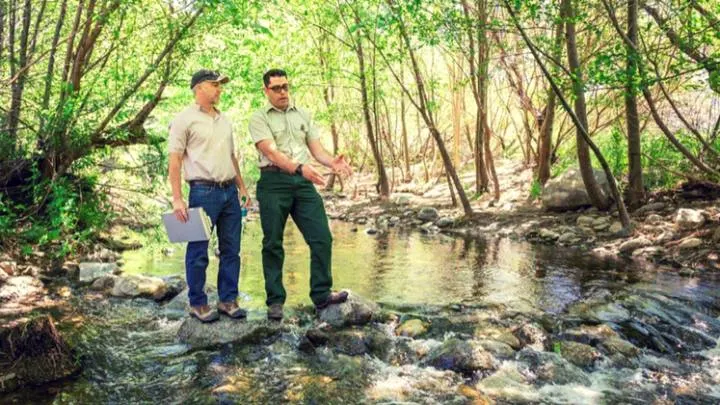Sponsored Post: Thanks to The Coca-Cola Company for sponsoring this post and for putting me on a storyteller’s journey to uncover a whole new perspective on a nearby nature area in Southern California.
Overview: Coca-Cola’s Water Replenishment Projects
In 2015, The Coca-Cola Company accomplished their goal to replenish ALL the water they use in their finished beverage products. That’s the definition of “sustainability” in a nutshell. I never knew this about The Coca-Cola Company. It’s likely because the story of watershed restoration, sustainability, and stewardship is not an easy one to explain.
[Click here for larger PDF infomap]
And it’s not just Coca-Cola’s story, there are many groups across many years working tirelessly to preserve vital watersheds across the nation. And it takes a series of boring-to-the-public steps to make a difference.
So I will try to break down the process into movie terms for you (we are talking about LA, right?) – to make it a little more exciting!
Coca-Cola’s LA Water Story
Setting: Angeles National Forest
In Orange County, we have Cleveland National Forest. In Los Angeles County, there’s Angeles National Forest. Angeles National Forest is near a population center of 17 million and provides ⅓ of the water supply for the county. The canyons of the forest have been a playground for LA’s residents since the early days. This post by KCET about the “Vanished Canyon Resorts of LA” shows some of the history of the area through archival photos. Take a peek before you go and your trip will be more meaningful.
Action Sequence: Station Fire of 2009
A massive & deadly 252 square mile fire swept through the hills behind La Canada Flintridge, La Crescenta, Altadena, and Sunland along the I-210 corridor and stretching back into the San Gabriel Mountains. If you grew up in California, you know the chaparral ecosystem needs burns as part of its natural cycle, but some of the effects from this fire were devastating to streams.
The Villain: Arundo (da, da, dummmm!)
Arundo is a non-native invasive species. I think it looks a lot like bamboo. It chokes off waterways and crowds out the native species of plants that support local wildlife. Incredibly, it drinks 6x the water of natives.

So, basically, this villain can really mess things up for our native plants, birds, animals — and for the way watersheds should naturally drain and replenish our water supply.

The Heroes: Coca-Cola Helps Fight Invasives Along with Many Partners
The Angeles National Forest (U.S. Forest Service) partnered with The Coca-Cola Company, the National Forest Foundation, and local communities to address ecological issues that impact millions. Part of the restoration work is being implemented alongside the California, Los Angeles, and San Gabriel Valley Conservation Corps. To date the partnership has been instrumental in removing 231 acres of invasive plant species, cleaned up 2,466 bags of trash and removed almost a mile of graffiti.

The Plot Twist: San Gabriel Mountains National Monument Designation
In 2014, part of the National Forest was designated as the San Gabriel Mountains National Monument because of the area’s biodiversity, role in scientific discovery, as well as a place where 800 years of human history is evidenced and continues be used by humans as “a backyard to the nation’s second-largest urban center.” This area was already the most heavily used area of the Angeles National Forest before the designation, with 4 million visitors per year, and that number increased after the designation.
Designation as a national monument enhanced recreational access and interpretive & environmental education and bolstered already strong partnerships between the U.S. Forest Service and neighboring communities. However, because of the increase in recreational use (more visitors = more disruption to the natural environment), the work of The Coca-Cola Company, the U.S. Forest Service and the National Forest Foundation became arguably even more critical once the area became a national monument.

A Happy Ending Is Partially Up to You
Water remains a precious commodity and conservation has to be an ongoing effort. Even though places enjoy protections from the federal government, it doesn’t mean they will always remain protected. It’s up to each of us to remain aware of ways we can help protect natural habitats that enrich our nearby urban lifestyles. Everyone needs to do their part to keep L.A.’s water story flowing — from the federal government, to local government, to environmentally responsible companies, to local volunteers, to the general public. You can volunteer in an official capacity, pick up trash, conserve water at home, or just make sure you respect these public areas and “Pack Out What You Pack In.”
Now you can go see the show for yourself! Bring your family out to explore the forest!
4 Creekside Picnic Areas in Angeles National Forest
From the Forest Service Field Trip Location Guides: A portion of the Angeles National Forest has been designated a National Monument to preserve not only objects of beauty, but also items of scientific and historical interest. The mission of the USDA Forest Service is “to sustain the health, diversity, and productivity of the Nation’s forests and grasslands to meet the needs of present and future generations.”
3 of these 4 spots are part of the San Gabriel Mountains National Monument and recommended destinations for science field trips as part of the Every Kid in a Park program. This means they should also be suitable for self-exploration by families.
Switzer Picnic Site (and 1/2 mile hike to Switzer Falls)
Wildwood Picnic Site
Vogel Flats & Stoneyvale Picnic Sites
Checklist:
- You need a pass to park in many of the National Forest areas. Buy your Forest Adventure Pass at your local REI ($5 a day or $30 per year). Such a deal!
- Hiking safety info from the Forest Service
- I must disclose that I haven’t physically been to these locations yet (can’t wait to explore!) – but I will update this post with photos and tips as I make it out there myself in the near future.
- You might want to use this PDF as a tool for planning your explorations: EVERY KID IN A PARK (INTERACTIVE PDF MAP) FOR SAN GABRIEL MOUNTAINS NATIONAL MONUMENT AND ANGELES NATIONAL FOREST
- The road is curvy and there are definitely elevation gains involved when driving these roads. So be aware if you have a child that easily gets carsick.
- Also, parking lots can fill up fast since these areas are close to such a large urban area. So try to get there early in the day (this picnic area brochure lists hours if there are any).
- There are MANY more picnic areas in this area that you might want to explore on your own. I discovered the best information from the Los Angeles River Ranger District page of the U.S. Forest Service.
Resources to Learn More:
- Conservationists and Coca-Cola Find Mutual Passion in Watershed Protection
- U.S. Forest Service and Coca-Cola Announce the Restoration of One Billion Liters of Water
- Angeles National Forest, San Gabriel Mountains National Monument Visitor Guide (PDF) – with tons of info, including how to volunteer
- Angeles National Forest Picnic Areas brochure
- National Forest Foundation
- San Gabriel Mountains National Monument
Again, thanks to The Coca-Cola Company for sponsoring this post – the profit from which allows me to keep my time & energy focused on writing stories about parks and nature opportunities for families in Southern California.
Photos & videos courtesy of The Coca-Cola Company


